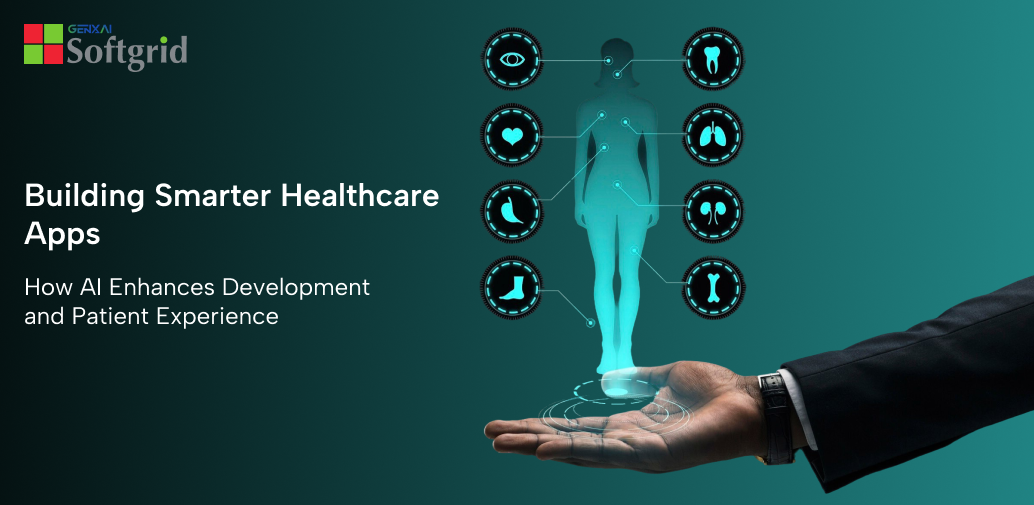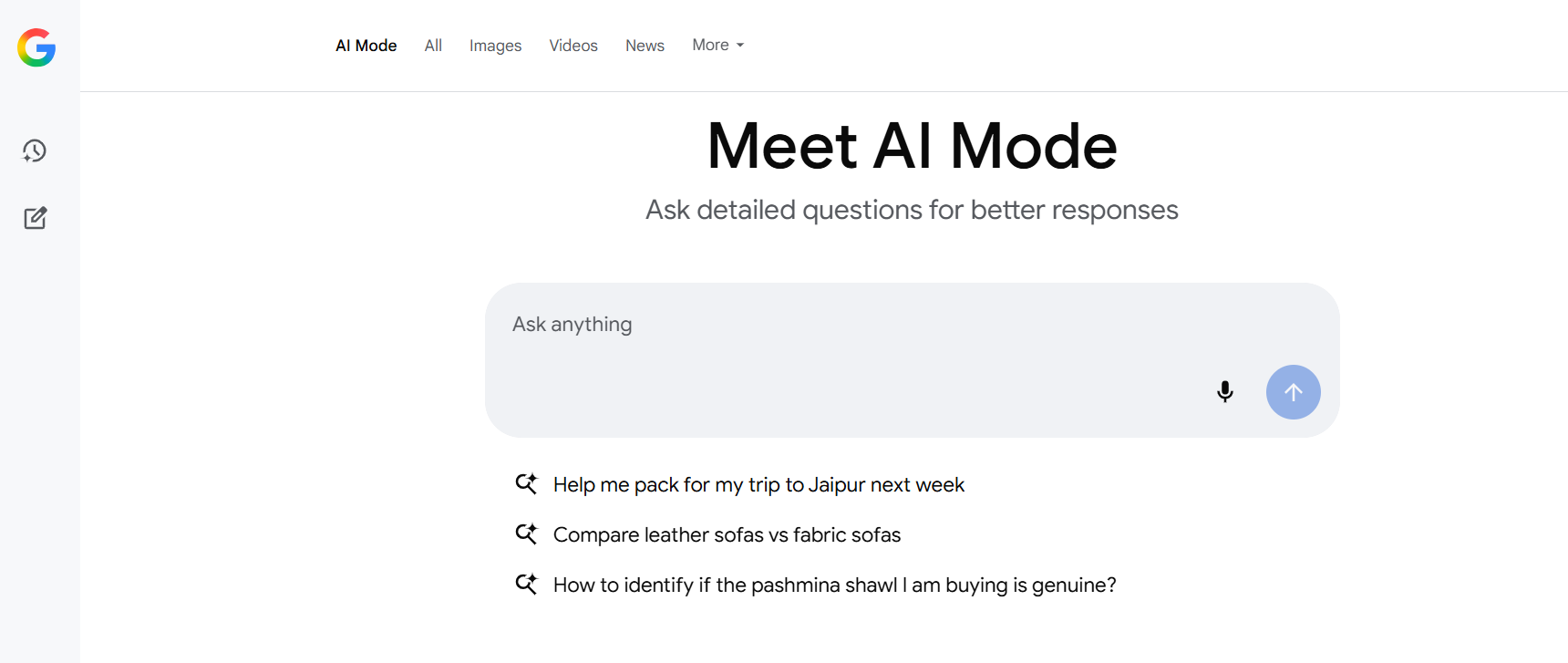With the second wave of the coronavirus already sweeping the western world, it points to just one thing – the pandemic is here to stay. The challenges, however, lie in exploring every option to understand what works to curb this endemic. Shutting down the economy may not be the solution after all, which leads to an immense consequence on livelihood, jobs, and mental health.
The idea is simple. You may lock down the society to beat the pandemic, which will even slow down the spread. However, when the economy starts to suffer, there will be no choice but to start work, which will see the epidemic raging back. With no antibodies, people now will be even more vulnerable when they engage in social contacts.
Nine months into this battle has brought a massive change to our understanding of the pandemic. And the thing learned is to stop panicking at every statistic shown on the TV screen. The first lockdown was a way to buy time to understand this lethal and new disease. However, even with the extreme measures and rapid healthcare processes, there is still no clarity when the coronavirus vaccine would be available to the common masses, and thus when the illness will be completely eradicated.
Approaches to deal with such pandemics were successful in slowing the spread only for a short time, but it obviously is not a preferable long term or full proof plan. Also, with the virus going through a series of waves, you can only postpone it for the time being until a successful vaccine is out and administered to each individual on earth.
Who is responsible for transmitting the virus?
A coronavirus patient can be recognized only when they get tested. The symptoms of this illness are similar to common colds like body aches, fever, and cough. It makes it challenging to understand whether or not to isolate someone based on the symptoms alone.
The significant challenge however is with the asymptomatic carriers of the disease. Not everyone who is carrying the virus may show symptoms. Asymptomatic patients may harbor and spread the virus to others before they develop the symptoms. It is also possible for asymptomatic patients to spread the virus without showing any signs at all. It is this aspect of the virus that makes it tricky to manage it.
Understanding the transmission of the virus?
The virologists proved the virus to be prevalent in the lungs and the throat of the infected. The danger of being infected comes with touching contaminated surfaces and coming in contact with an infected person.
Transmission from person to person
COVID 19 principally spreads from one person to another. There are many ways how the spread is possible:
- Community spread is where one gets infected with the virus without coming in contact with the sick person.
- When someone who has infected talks, coughs or sneezes, then the aerosols or the tiny drops can get the virus into the air, and anyone who is around can breathe it and get the virus into their lungs.
- Researchers also believe that COVID spreads through airborne transmission. The virus is said to be capable of being active in the air for 3 hours. So if you breathe the air which someone who is COVID positive has breathed out, then you get infected too.
- Touching surfaces which a COVID 19 patient sneezes or coughs on and then touching your eyes, nose, or mouth with the same hand is also believed to aid the spread. The virus may stay on the stainless steel and plastic surfaces for round 2 to 3 days.
- Studies have also suggested COVID’s spread through a person’s poop.
- It is still not clear if pets are playing a role in the spread of the coronavirus.
The Test and Trace system
Almost all the countries are using the Test and Trace System as an integral way to fight the coronavirus pandemic. The idea behind it is to quickly identify any new cases and isolate them to help control the virus’s spread.
The Test and Trace app makes use of Bluetooth to determine how far your location is from a COVID patient. It makes use of an algorithm to determine the risk. The app will inform you if you have come in contact with a COVID-19 patient recently, and it then asks you to self-isolate yourself for 14 days. If you develop symptoms during isolation, the app helps you to book a test. The app also identifies the close contacts of the one who tested positive. This method is to alert those exposed to coronavirus and prevent it from spreading further.
The system, however, has its issues. The method works best at the onset of the pandemic but not when there is a widespread community transmission. If a considerable population is infected, then this strategy becomes overwhelming. However, if you were to look in hindsight, the countries which followed rigorous contact tracing and testing could isolate the asymptomatic patients faster and separate them. It helped to control the infection and death rates.
Building trust and using the data effectively.
Data can play a significant role in helping curb the spread of the virus.
- Mobile phone data and apps help to monitor the movement of the population.
- It helps to identify the vulnerable community.
- The demographic information helps to reach out to the people who are more at risk.
- Data assisted with contact tracing allows optimization of the healthcare processes.
However, the growing concerns of privacy make the general masses shy away from using technology’s benefits to curb COVID.
Modern technology collects and uses personal data. Thus, it is vital to create trust among the masses, which is achieved by using ethical practices and complying with the data privacy regulations. There needs to be a balance between protecting the confidentiality of individuals and competing in the public interest. Defining and setting up clear guidelines on the timeline and purpose of the data can instill belief in people that they are not losing their privacy to help the world come out of this crisis.
In case you’re in the quest to build a robust healthcare system through which you can manage seamless Telemedicine Services, contact us! At SoftGrid Computer Indore, we possess the right technical expertise to build a dedicated Telemedicine Solution for an individual or a healthcare organization. Our team of experienced professionals can help you in designing Customized Healthcare Softwares integrated with third-party systems and telemedicine services to gain an edge over your competitors.
For more information about electronic health records, you can follow us on our Social media accounts.
Thanks for reading till here!

 Web and Full Stack
Web and Full Stack CMS and Frameworks
CMS and Frameworks Online Marketing
Online Marketing Cloud Services
Cloud Services ECommerce
ECommerce Mobile
Mobile



